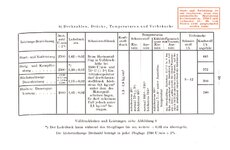Interesting, perhaps I was misunderstanding what I read. I based my statements primarily on the following two quotes from TSHPR:I'd beg to disagree.
2500 rpm and 1.30 was the max allowable rating before late 1941 (or maybe before January 1942?) - ie. Start & Notleistung setting (= 2700 rpm, 1.40 ata) was banned. The ban was lifted very early in 1942.
- Page 304 (summary of 1942): "..the DB 601E withdrawn as the injection system was under-developed with the fuels available...".
- Page 452 (Technical overview of DB, about the fuel atomization issue): "This was progressively improved by raising the opening pressure of the injections from 5 to 90 bar over the course of two years, and many developments with the L-Orange company on injector spray pattern changes". So it took two years, from the realization that the atomization was problem, to having an adequate solution. Too late for the 601E.

